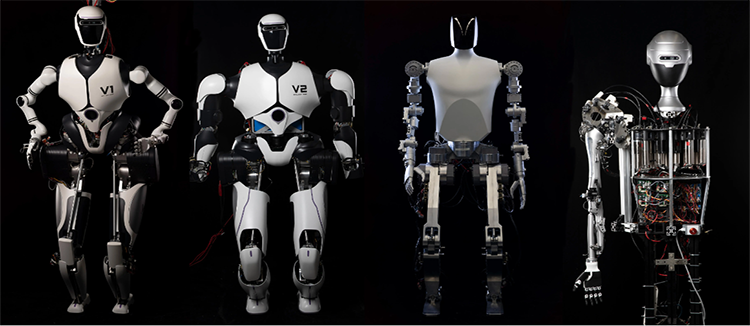Understanding the Role and Importance of Servo Drive in Modern Automation Systems
Servo drive technology has become an integral part of modern automation systems, providing precise control and high performance in a variety of applications. This article delves into the world of servo drives, exploring their function, benefits, and significance in today's technological landscape.

A servo drive is a power amplifier that converts the low power control signals from a motion controller into high power signals that can drive a motor. It is an essential component in servo systems, which are designed to provide precise control of mechanical actuators. The term "servo" is derived from the Latin word "servus," meaning "slave," reflecting the system's role in precisely following the commands of a controlling device.

Servo drives are used in a wide range of applications, from industrial automation to robotics and aerospace. They are particularly important in applications that require high precision and speed, such as in CNC machines, assembly lines, and robotic arms. The ability of servo drives to accurately control the position, velocity, and torque of a motor makes them indispensable in these high-precision environments.
The precision offered by servo drives is unmatched by traditional drives. They can respond to control signals with high resolution, often in the range of micro-degrees or even nanometers. This level of precision is crucial in applications where the slightest deviation can lead to significant errors or even failure. For example, in the manufacturing of electronic components, the accuracy of the servo drive can directly impact the quality and performance of the final product.
Another key advantage of servo drives is their efficiency. They can provide variable speed control, which means that the motor operates at the optimal speed for the task at hand. This not only reduces energy consumption but also extends the life of the motor by reducing wear and tear. In contrast, traditional drives often operate at a fixed speed, which can lead to wasted energy and increased maintenance costs.
Servo drives also offer superior dynamic performance. They can quickly respond to changes in the control signal, allowing for rapid acceleration and deceleration. This is particularly important in applications where quick changes in direction or speed are required, such as in packaging machines or printing presses. The ability to make these changes smoothly and accurately is what sets servo drives apart from other types of drives.
Furthermore, servo drives are known for their reliability and durability. They are designed to withstand the rigors of industrial environments, including high temperatures, vibrations, and electrical noise. This makes them a reliable choice for applications where downtime is costly and maintenance is a concern.
As technology continues to advance, the demand for servo drives is expected to grow. The increasing need for automation in various industries, coupled with the push for higher efficiency and precision, will drive the market for servo drives. Additionally, advancements in control algorithms and motor technologies will further enhance the capabilities of servo drives, making them even more versatile and powerful.
In conclusion, servo drives play a critical role in modern automation systems. Their ability to provide precise control, high efficiency, and superior dynamic performance makes them an essential component in a wide range of applications. As technology continues to evolve, the importance of servo drives will only increase, making them a key area of focus for researchers and manufacturers alike.










